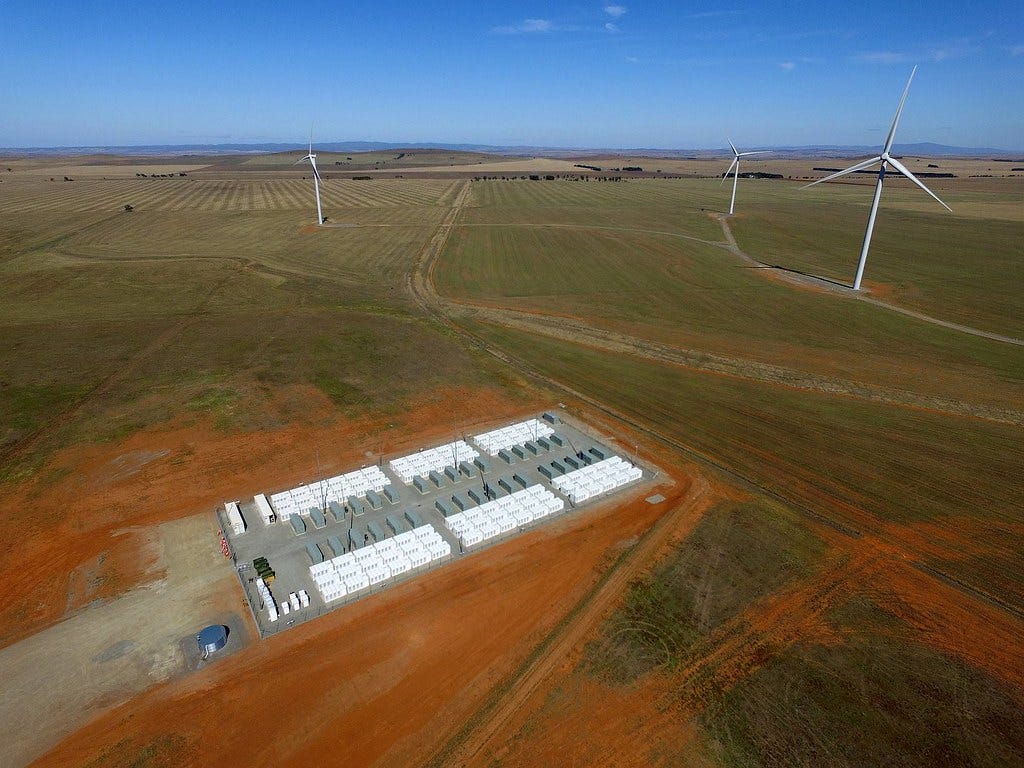Thorgalaeg
Deity
Charging electric cars during the day has the problem most people use cars during the day and charge them at night.We have to move away from oil for personal transportation. I think bikes have to be the answer, it is SO inefficient to use a two tonne object to move one person.
Air travel is a much harder problem. What happens to this graph in the future will determine what happens. If say Solar Photovoltaic cells drop by another factor of 5 or so then we will be flooded with more electricity than we know what to do with during the day. One thing we could do is charge electric vehicles, so it may become effectively free to charge you battery during the day.
We will not be able to make enough lithium based batteries to store all this, and any chemistry will be expensive. It could be that the best way to store this power is to convert it to hydrogen and convert that to something easier to store, like ammonia or hydrocarbons.
If that tech becomes mainstream it could save air travel and possibly even ICE vehicles in specialized circumstances. It would certainly kill out need to use oil as an energy source.
Here in Spain we are already in the situation of not knowing what to do with solar energy during the day and not having way to store the surplus. Storing it as potential energy at pumped hydroelectric energy storage plants is the main way right know.
As you can see in the graphic below right now 2614MW of solar power is being used for pumping water uphill (Consumo bombeo) and it will reach 5000MW at 2:30 PM or so. Still it is not enough to cover night comsuption for a landslide. So we need to build more dedicated pumped-storage hydroelectricity plants but that implies giant engineering works and proper places with hills and mountains, we have plenty of said places in Spain but not all countries have them (think in Netherlands for instance) and then comes the environmental thing since building such installations usually means sacrificing areas of special natural interest, so it is not a perfect solution either. Still countries as Switzerland for instance have adopted this solution and have the energy storage issue mostly solved. China has lots of places too and are not particularly ecosensitive so they are leading in this field in terms of installed capacity at least.
Last edited:





